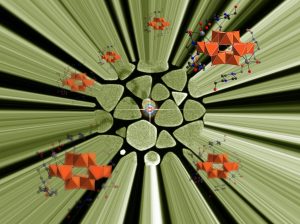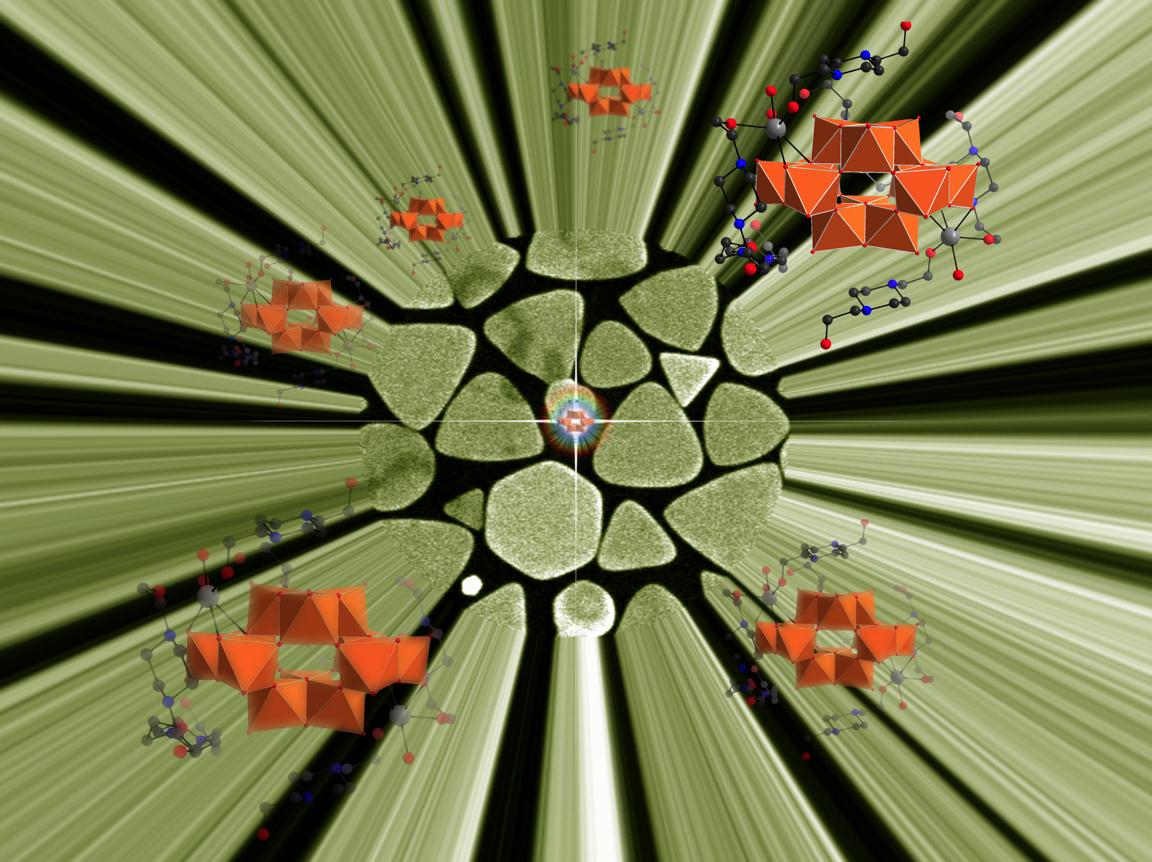PI: Scott Mitchell
COMFUTURO program-Spanish National Research Council
(2015-2018)
The overall objective of PEPA is to prepare nanohybrid materials with antimicrobial properties and assess their ability to act as biocidal agents to prevent biodeterioration in objects of cultural heritage. The microorganisms are able to grow and induce decomposition of paper, leather, stone, paintings and textiles and create serious problems for the conservation of our cultural heritage. The associated health risks, together with the cost involving the decontamination of infected objects, showrooms and deposits make this a priority issue for museums, local authorities local and private collectors. Moreover, our shared cultural heritage is a social, economic and environmental resource for Europe. PEPA will produce modular photosensitive materials based on the combination of three components: nanoparticles, polymeric materials and polyoxometalates. The ability to modulate each of these components provides a unique opportunity to produce precision biocides to meet the needs of conservation of cultural heritage.

PEPA is rooted in the fundamental synthetic chemistry and will prepare a extensive library of three-component nanohybrids materials. But PEPA aims to take one step further and test these materials using a antimicrobial functional screening program where their activity will be evaluated against strains of common bacteria and fungi infecting objects of cultural heritage. The culmination of the project will open new frontiers in research, by assessing the most effective candidates in paper, leather and stone surfaces samples in the laboratory in order to simulate the use of hybrid materials in the conservation of cultural heritage objects.
